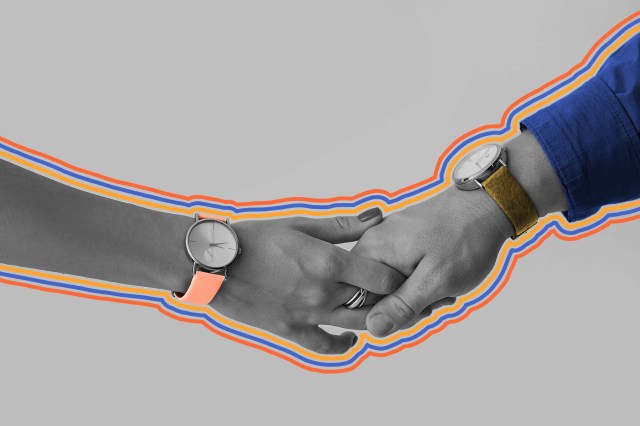
Numbers Don't Lie

Only about ______ in 10 people are left-handed, though estimates vary.

Ready to reveal?
Confirm your email to play the next question?

Only about one in 10 people are left-handed, though estimates vary.

The evolution of the human hand begins with a 380 million-year-old fish.
Go back far enough in time, and all humans share the same fishy ancestor. Therefore, it’s not surprising that some scientists think that certain aspects of the human body still reflect our past life in the water. Hiccuping, for example, has been theorized as a leftover spasm from back when we sported gills, and humans (as well as most other animals) look distinctly fishlike when we’re embryos. Even features that seem uniquely human, such as our dexterous hands, may be evolutionary gifts from our water-dwelling ancestors. For decades, scientists believed that the evolutionary journey of the human hand began with tetrapods, otherwise known as our four-legged, terrestrial forebears. However, recent research found that an ancient fish known as Elpistostege watsoni, which lived during the Late Devonian period, evolved the digits and radial bones that eventually became our hands and feet. Scientists theorize that hands developed in these ancient fish as a way to support body weight, allowing the animals to perform “push-ups” in shallow water for gulping down fresh air. As hard as it may be to fathom that land-dwelling Homo sapiens actually has an aquatic origin story, it’s an ancient tale that’s etched into our very biology.
















